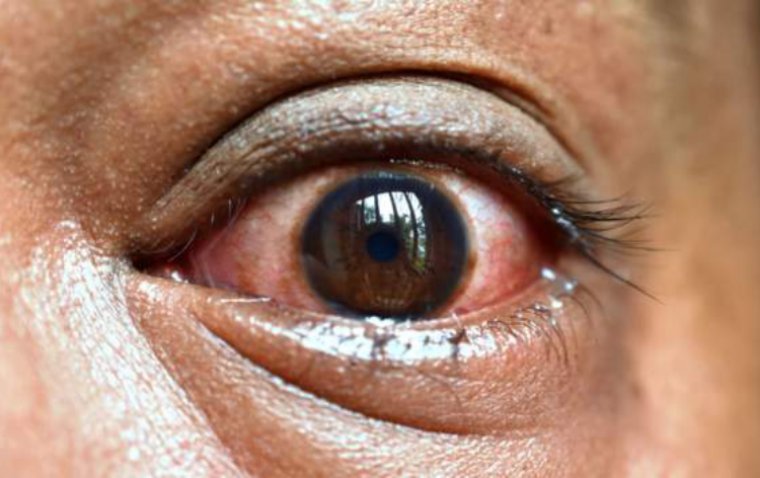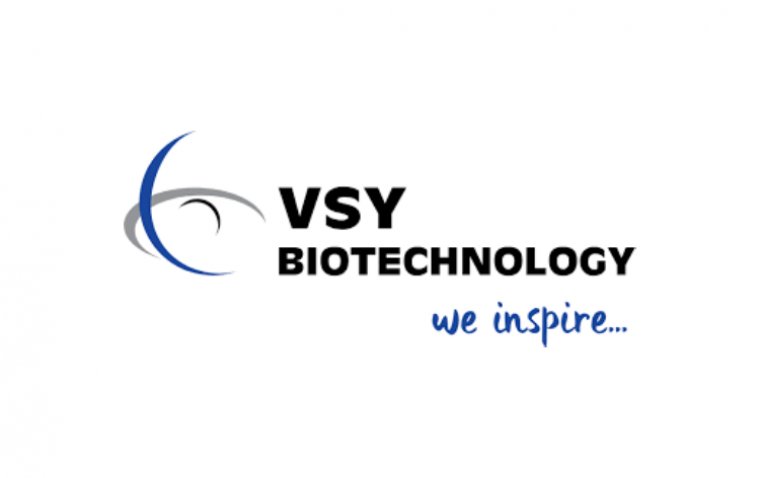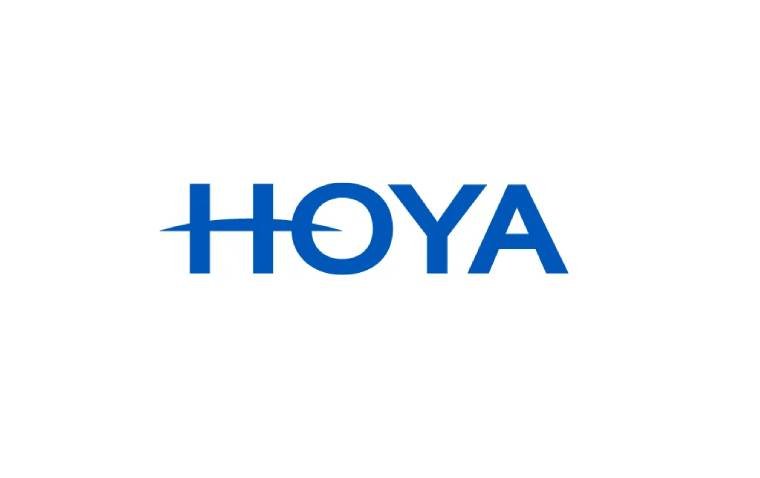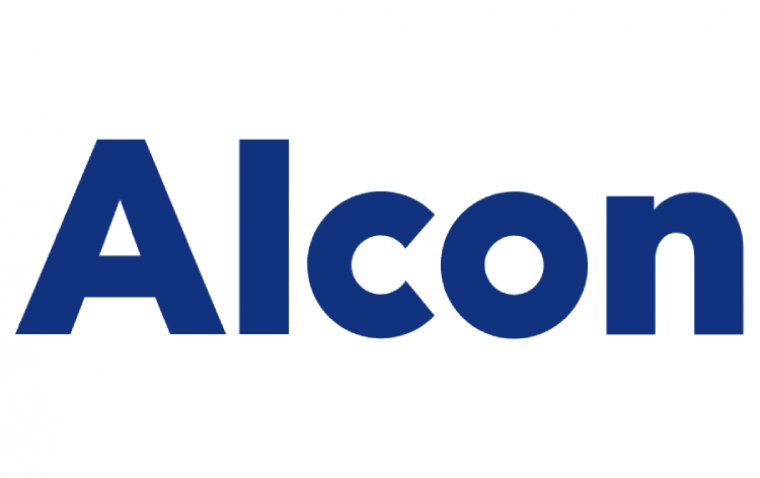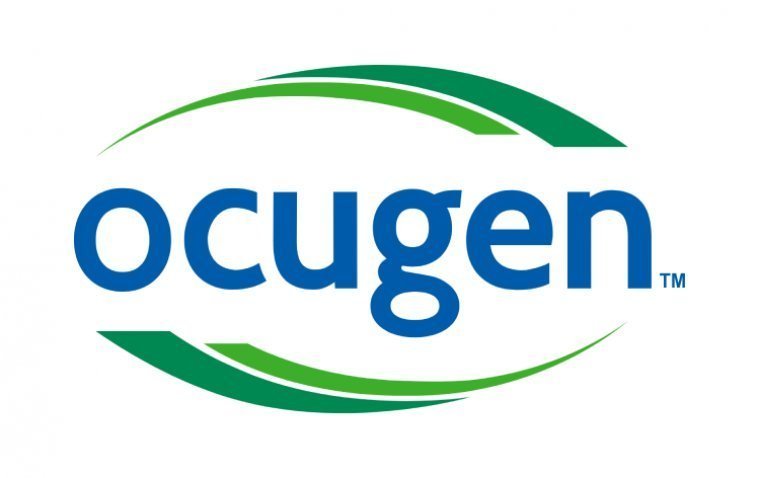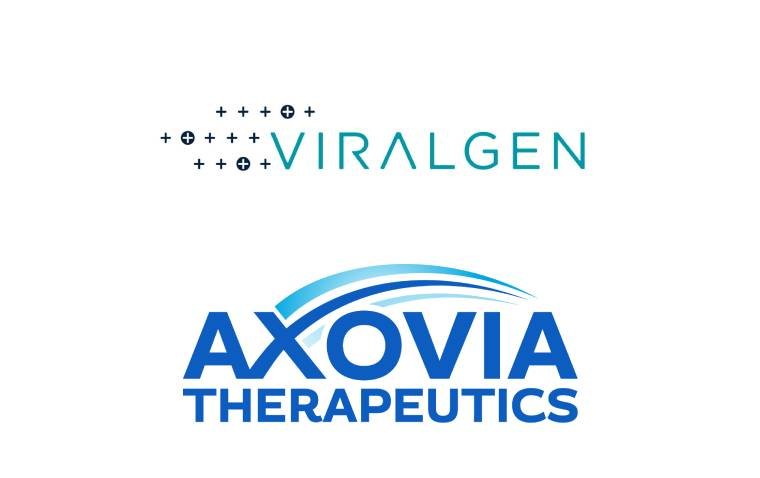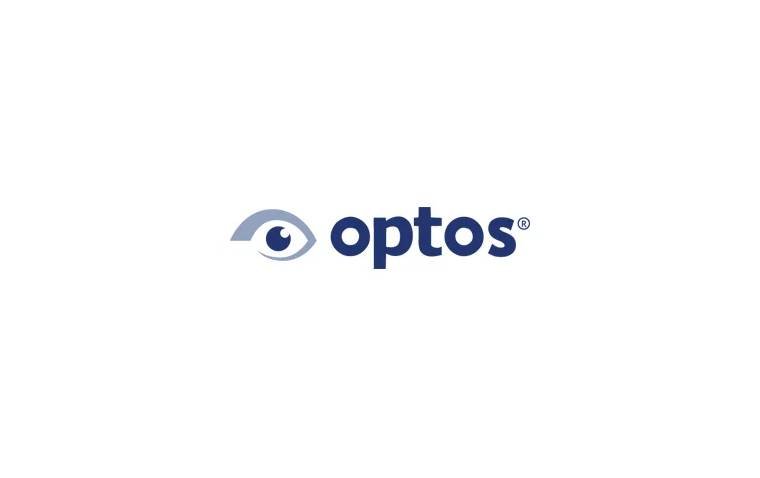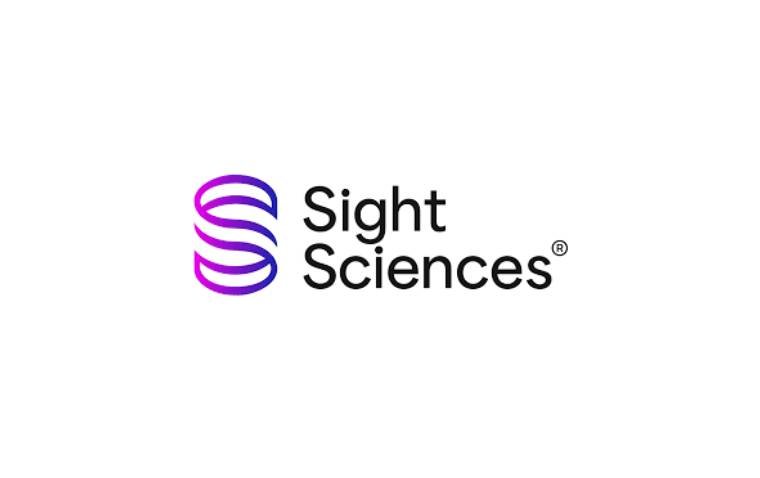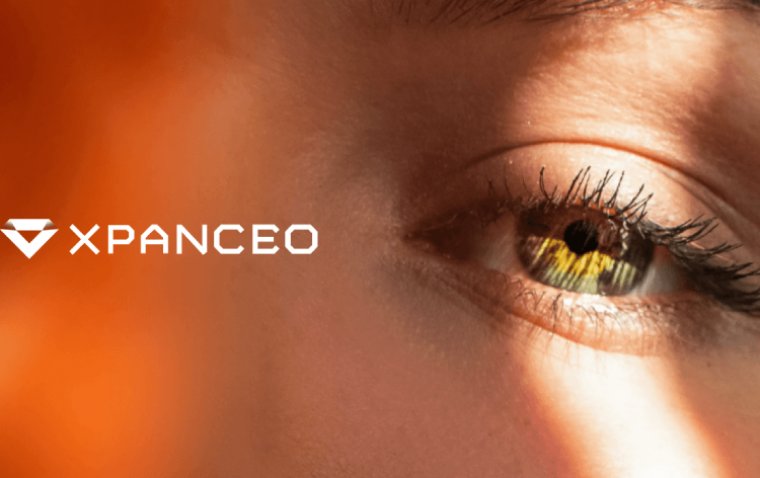
XPANCEO to Develop First Laboratory Optic Testing System for Smart Contact Lenses
XPANCEO, a pioneering deep tech company, has unveiled its latest innovation: the world's first augmented reality holographic lens testing system designed to accelerate the development and production of smart contact lenses worldwide.
This system represents a crucial step in advancing beyond current AR technologies, such as the Apple Vision Pro, and towards the next generation of computing with XR smart contact lenses.
A Leap Towards Next-Gen XR Smart Lenses
Dr. Valentyn S. Volkov, co-founder of XPANCEO and a renowned scientist with an h-Index of 38 and over 8000 citations, emphasized the importance of this development. " The primary focus for us during this year will be the production of new prototypes and enhancing the current ones, so such optic testing system is a pivotal step towards the first all-in-one XR smart contact lenses. This system will allow XR industry players to evaluate such parameters as the field of view, the brightness of the virtual image, the gradient of intensity across the field, changes in image contrast due to the different weather conditions, and more, which will speed up the development process and may lead to growth in the smart lenses market," Volkov stated.
Revolutionizing the XR Industry with Comprehensive Testing
XPANCEO's optic testing system introduces a paradigm shift in the XR sector by enabling comprehensive evaluation of pivotal parameters like field of view, virtual image brightness, intensity gradients, and image contrast under varying climatic conditions. This extensive testing capacity is expected to significantly accelerate the smart lens development cycle, potentially catalyzing market expansion.
Having completed a proof of concept, XPANCEO anticipates an eight-month development timeline for the device. In contrast to existing market offerings that only assess about 30% of required parameters and come with a hefty price tag of around $300,000, XPANCEO's system is designed to evaluate all crucial aspects, marking a substantial leap in lens prototype assessment and industry-wide research.
The startup has already completed a proof of concept for the device, with an anticipated development period of eight months. Currently, the market offers only one similar device for testing AR and VR glasses, capable of assessing merely 30% of the necessary parameters and costing around $300,000. In contrast, XPANCEO's device promises to test all essential parameters, marking a substantial advancement in lens prototype evaluation and overall industry research.
Key parameters the system will evaluate include:
● Field of View (FOV): Essential for determining the user's visual range within the virtual environment.
● Brightness of the Virtual Image: Calculated based on the projector's brightness or hologram DLE, with optical system transmittance measured by gauging power.
● Contrast: Assessed through the brightness ratio of the green color of the image to the background, requiring specific equipment for accurate measurement.
● Gradient of Intensity Across the Field: This digital image processing parameter helps in identifying the acceptable percentage of gradient.
● Line Sharpness (Cross-section): A measure of the image's sharpness, critical for user experience.
● Micro Projector’s Permissible Angle of Inclination: Ensures optimal viewing angles for the user.
● Changes in Image Contrast During Various Weather Conditions: Guarantees consistent performance across different environmental settings.
Reference:
(1).jpg)

